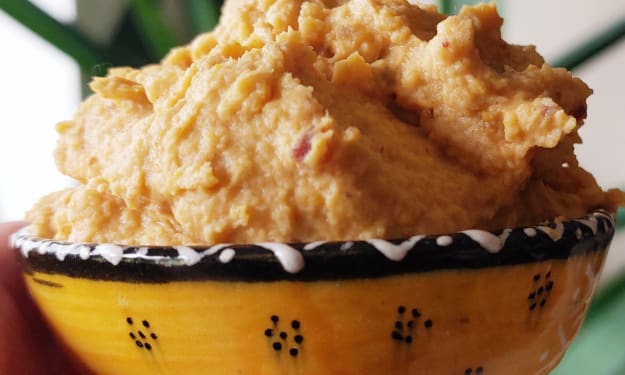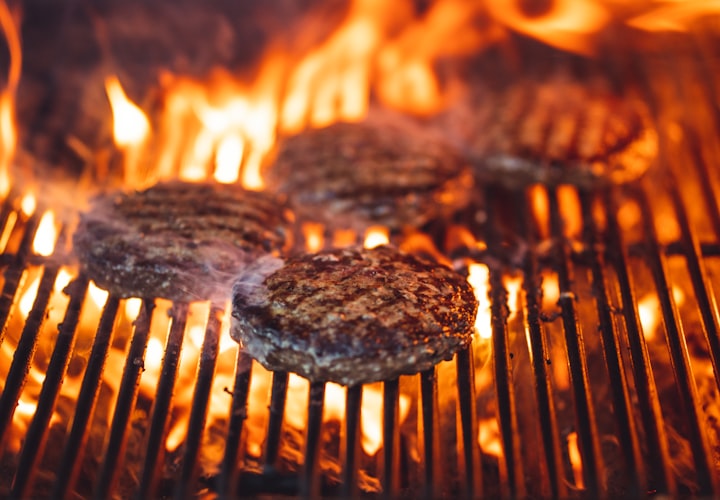Are Your Non-Stick Pots & Pans Safe to Cook With?
What You Need to Know When Cooking with Nonstick Cookware

In the pursuit of convenience, it is important not to sacrifice safety when choosing your cookware. Favored for their convenience, nonstick cookware is easy to use and clean; however, how safe are they? Recently, the safety of cookware has been called into question, because of the materials used to make them. In regards to nonstick cookware, there is reason to be concerned about how safe they are to use for cooking. Nonstick cookware is made with various metals and chemicals that can potentially pose a risk to your health. In small amounts these materials are safe to ingest, but for your safety it is important to know the proper maintenance of nonstick cookware to use them for as long as possible, and to know when to replace them.
Are Non-Stick Pans Safe to Cook With?
As a lot of people know, nonstick cookware is amazing to use for anyone, no matter the experience level in cooking. Yet, what people don’t know is what goes into making nonstick cookware. Nonstick cookware is popular among the public for its easy usage and even heat distribution reducing the chances of burning food, which is especially good for beginner cooks. Nonstick cookware is also great because food doesn’t stick to the surface, making it easier than other cookware to clean. Although it’s praised for its benefits, nonstick cookware is now under scrutiny because of the heavy metals, toxins, and several chemicals involved in the process of making nonstick cookware. The main safety concern surrounding the use of nonstick cookware is that it’s made using Teflon, a synthetic chemical composed of fluorine and carbon. This is a chemical considered safe if small amounts are ingested, but Teflon is known to produce toxic fumes when heated. Considering this, it is hard not to wonder, is nonstick cookware safe to use?
Safely Cooking with Nonstick Cookware
How to Maintain Your Non-Stick Pans
Most everyday items used regularly can potentially pose a health risk, but with proper care and maintenance, even nonstick cookware can be used in a way that minimizes the risk to your health. Proper heating and the right utensils also play a factor in proper use of your nonstick pans. Often these two things can affect how long the pans can last. Nonstick cookware is best heated on low to medium heating, and being pre-heated with food, or a small amount of water, in it as the cookware’s even heat distribution makes it easy for the pan to overheat, causing a health risk.
- DO NOT: cook using nonstick cookware at a temperature of 300 degrees Celsius.
- DO NOT: cook using nonstick cookware without venting the kitchen by opening a window, or using an exhaust fan.
Remembering the proper heating for using nonstick cookware respecting its limits can make it safe to use, keeping any exposure you might have to its fumes at a minimum. You can also lessen your risk of exposure to ingesting the heavy metals and chemicals of the pan by knowing how best to clean your nonstick cookware. Cleaning nonstick cookware by hand using a gentle soap can be easier on your nonstick cookware than washing in a dishwasher. Do not use steel wool to clean nonstick cookware, as it can scratch the surface of your nonstick pan causing flaking, and exposing you to the consumption of its heavy metals.
Nothing lasts forever, and that includes nonstick cookware. Even though nonstick cookware can last for years, learning to recognize the signs of breakdown on the nonstick cookware surface is crucial in realizing when you should replace your nonstick cookware. Cooking at high temperatures using nonstick cookware not only can release toxic fumes from the cookware, it can also cause a slow breakdown of the nonstick surface. When signs of breakdown are noticeable it is time to replace your nonstick cookware so you’re not exposed to the heavy metals and chemicals in the nonstick cookware. The cooking utensils you use will also determine the length of time your nonstick cookware can last for. Wooden, plastic, and silicone cooking utensils are all great to use when cooking with a nonstick cookware. They are not likely to scratch your nonstick cookware causing excessive scratches, flaking, or chipping of the nonstick surface. It is highly recommended to replace your cookware immediately if it does show signs of chipping, scratches, and flaking. Nonstick cookware, even though it poses a risk to your health, it can be safe to use for years if used and maintained appropriately.






Comments
There are no comments for this story
Be the first to respond and start the conversation.